Meet the Lebanese Designer Bringing Sexy Back With His New Label Mônot
Right before Paris Fashion Week started, Eli Mizrahi faced an important decision: whether to introduce his womenswear brand Mônot to the world via a blowout show, or a simple presentation. For the jet-setting creative consultant-turned-designer, neither option seemed quite right. “That’s all been done—I don’t want to be every Tom, Dick, and Harry,” shared Mizrahi with a laugh at his salon in the Hôtel de Crillon. Instead, Mizrahi hosted one-on-one sessions at the historic hotel designed to bring the audience into his glitzy, model-filled world, and to act as a throwback to the days of more intimate meetings between designer and client.
A slinky lineup of eveningwear essentials that demand confidence of their wearer, Mônot’s clothes are well suited to luxurious backdrops. Shown on top model pals like Sudanese-Australian star Ajak Deng and American beauty Madisin Rian, as well as runway breakout Bryce Anderson, the corresponding lookbook was a labor of love that came together in less than 48 hours. “Bryce I discovered on Instagram, and even [online] his images were so chic, so elegant. He’s my main character,” says Mizrahi. “Ajak has been such a great friend and a huge part of this process. I called her 30 minutes before my shoot and said, ‘get up; a driver is picking you up now!’”
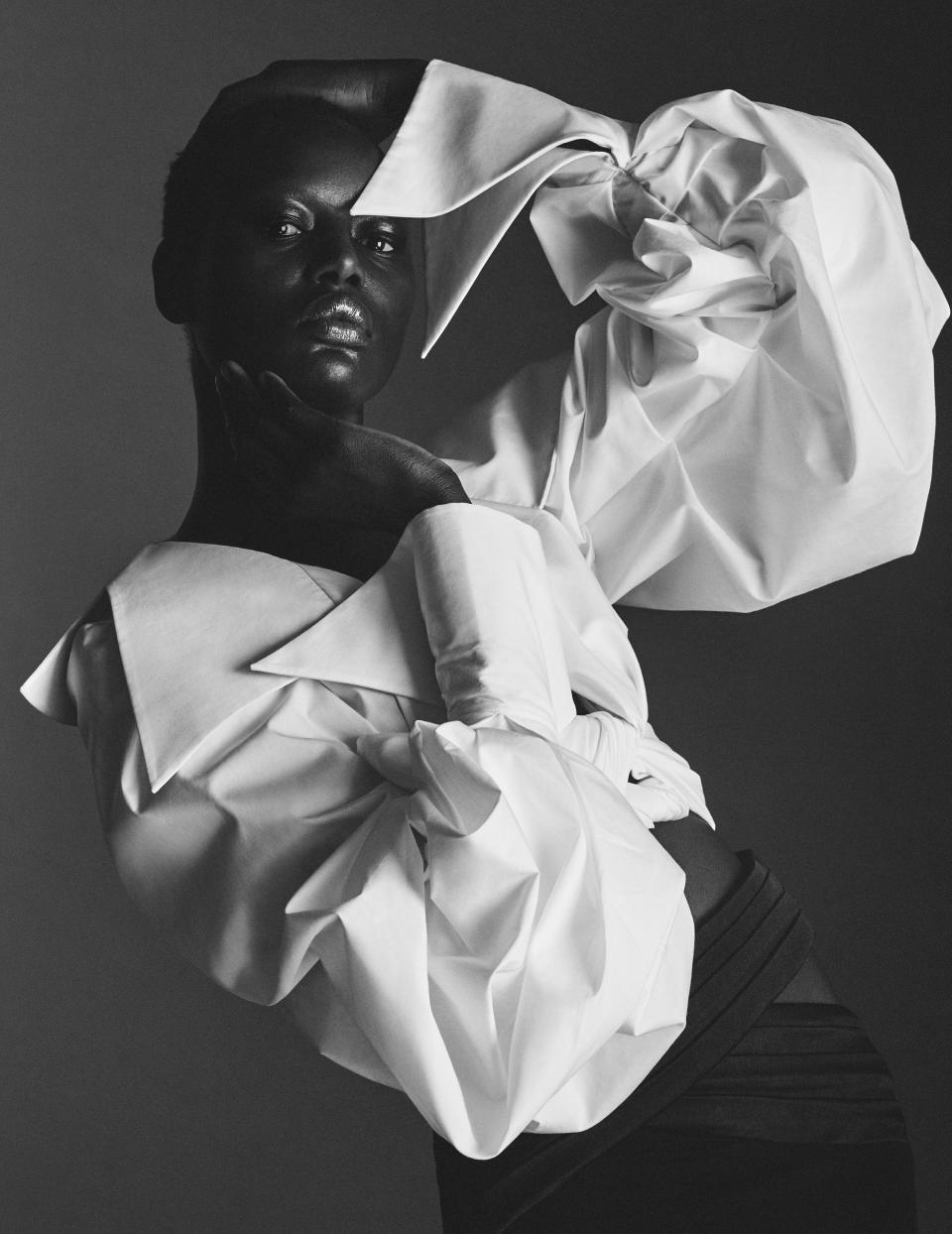
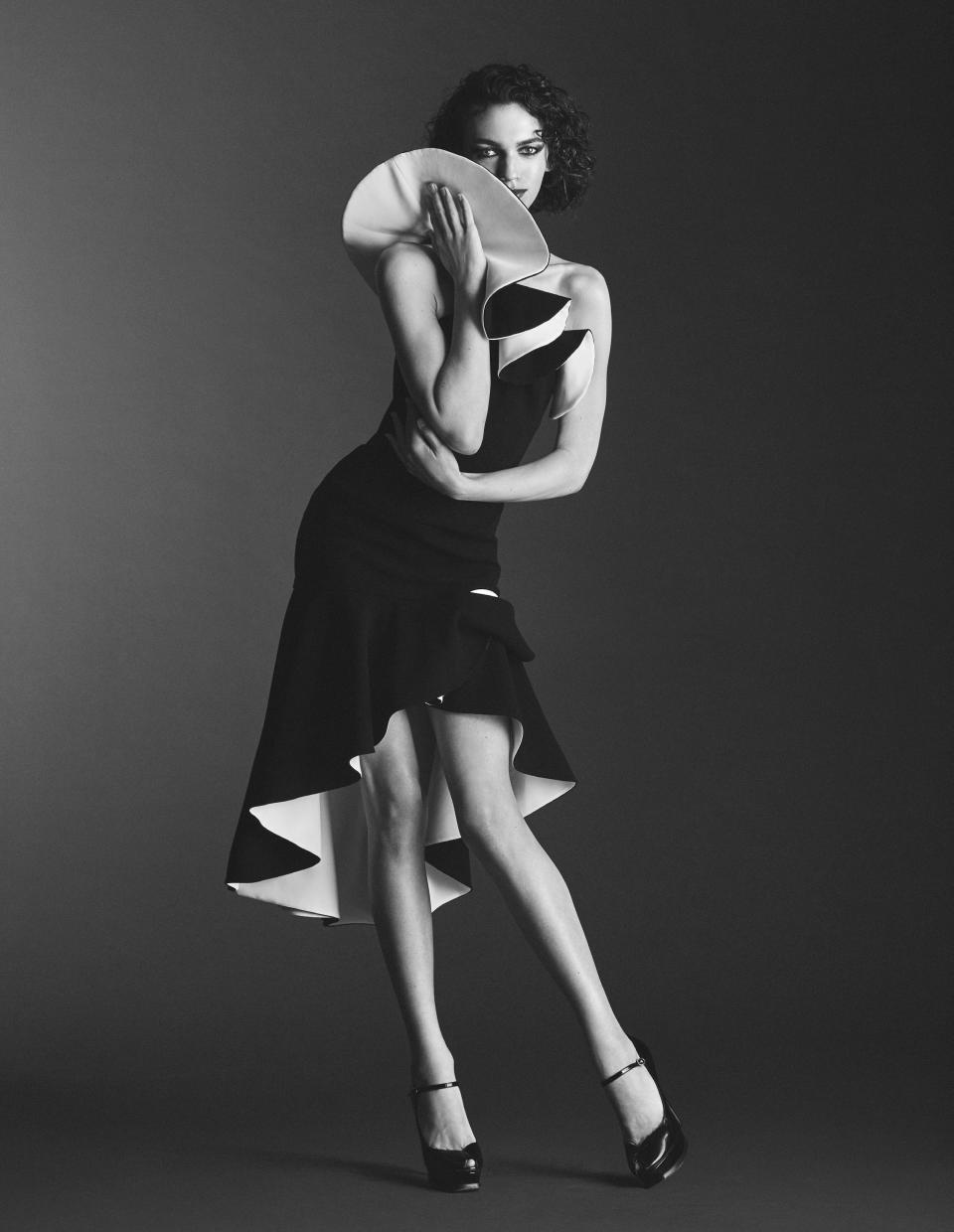
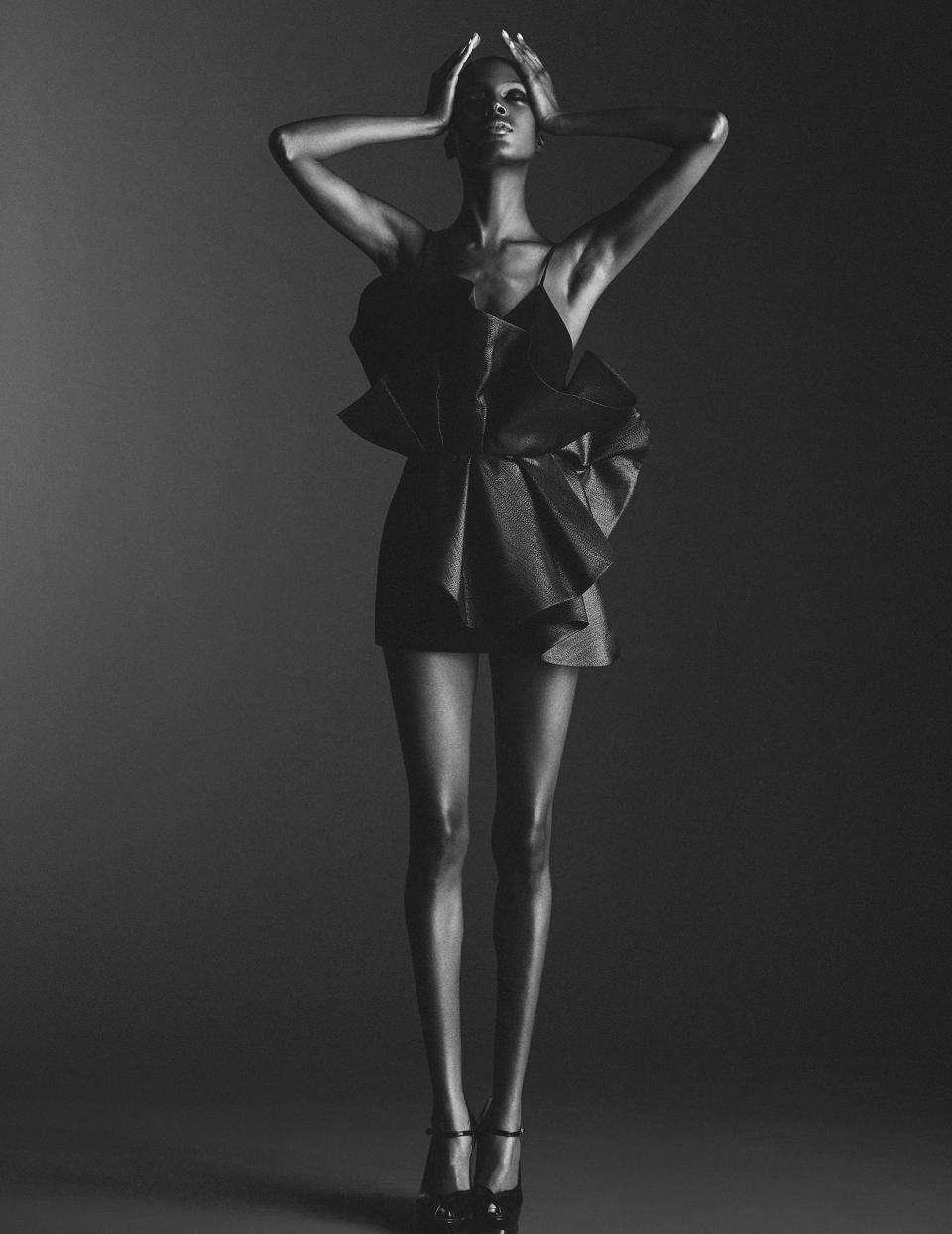
The images may have been impromptu, but Mizrahi has been working on the collection for well over a year. After scrapping a colorful, pattern-heavy trial run in 2018, he refocused his energies on a stark collection inspired by minimalist monuments like Coetzee Steyn’s Bosjes Chapel in the Western Cape province of South Africa. “I’ve always been interested in architecture,” says Mizrahi. “Clean lines, simple shapes, and curves, those [motifs] repeat throughout my designs.” Interested in fashion since he was a child growing up in Beirut, he shopped after-hours with his father, cataloging each detail of the city’s luxury stores. “I would watch and observe every single thing, from the tailoring and shapes of each garment,” he says. “I knew that I loved dressing up, but I didn’t know then that I wanted to be a designer.”
That revelation would come later. After arriving in New York as a political refugee as a teenager, he threw himself into the creative industries, eventually settling into work as a luxury consultant connecting brands with Hollywood talent and advising them on how to up the ante with their shows. “My first job was doing celebrity endorsement deals, but I became more involved with the fashion brands,” he says. “I started voicing my opinion, maybe a bit too much, but they liked what they heard.”
Mizrahi’s directness carries over into his work. Clear about his vision and what is currently lacking on the market; he knew that there were opportunities within womenswear to present something entirely new. “When I ask women, they’re always open-minded about trying new things, [whereas] most men aren’t,” he says. “They have their habits and don’t experiment [with their look] once they know that Dior Homme is where they get their perfect jeans, Hermès is where they can find a great sweater.” Mizrahi is, of course, an exception to that rule, with a wardrobe that runs the gamut from pearl-embellished suiting, to full Gucci looks that have garnered him attention on social media. “I like to dress wild and crazy, I’ll think [to myself], ‘I’m going to wear a cape tonight,’” he says. “My friends will tell me that I’m out of my mind, but I know I’m still going to wear a cape!”
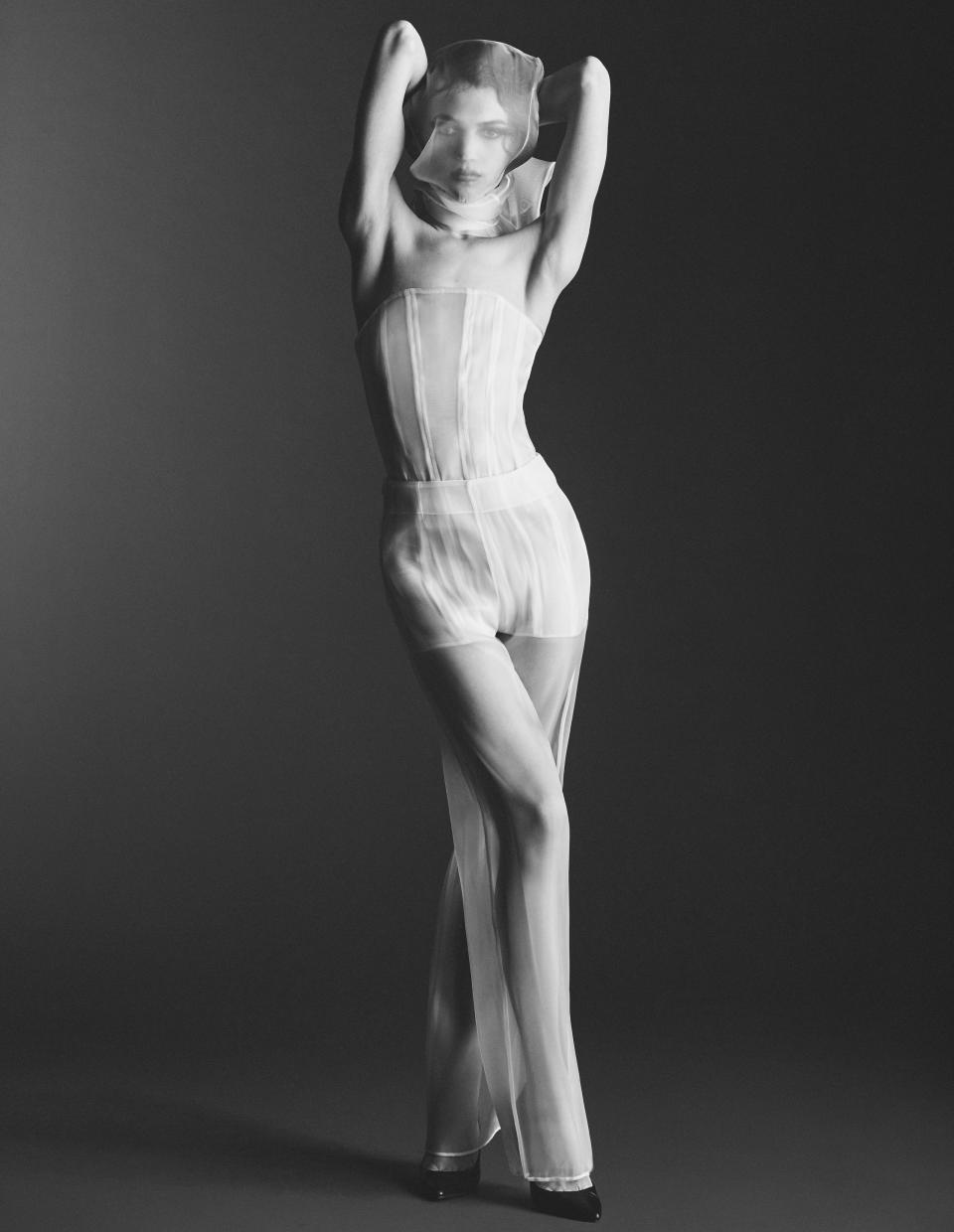
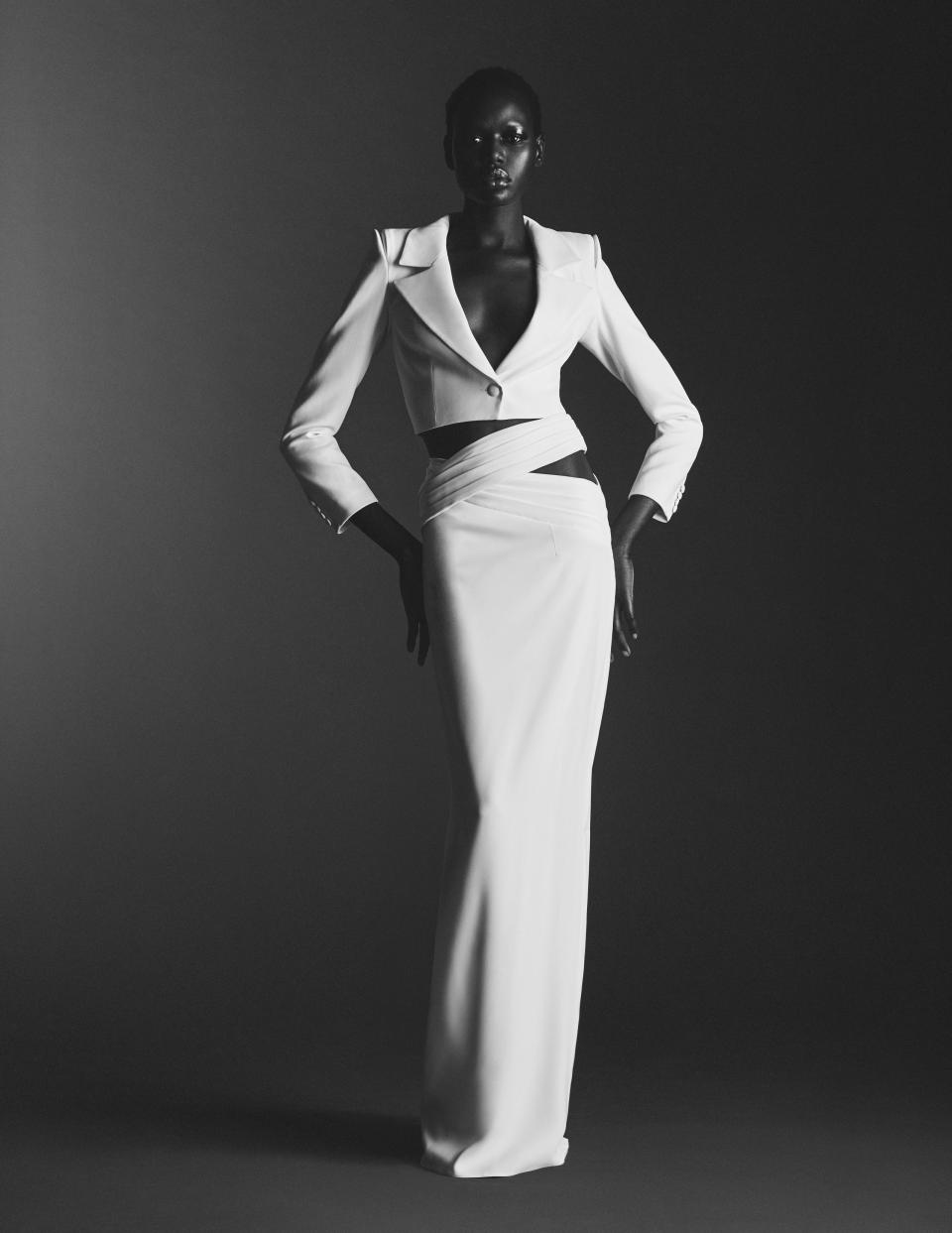
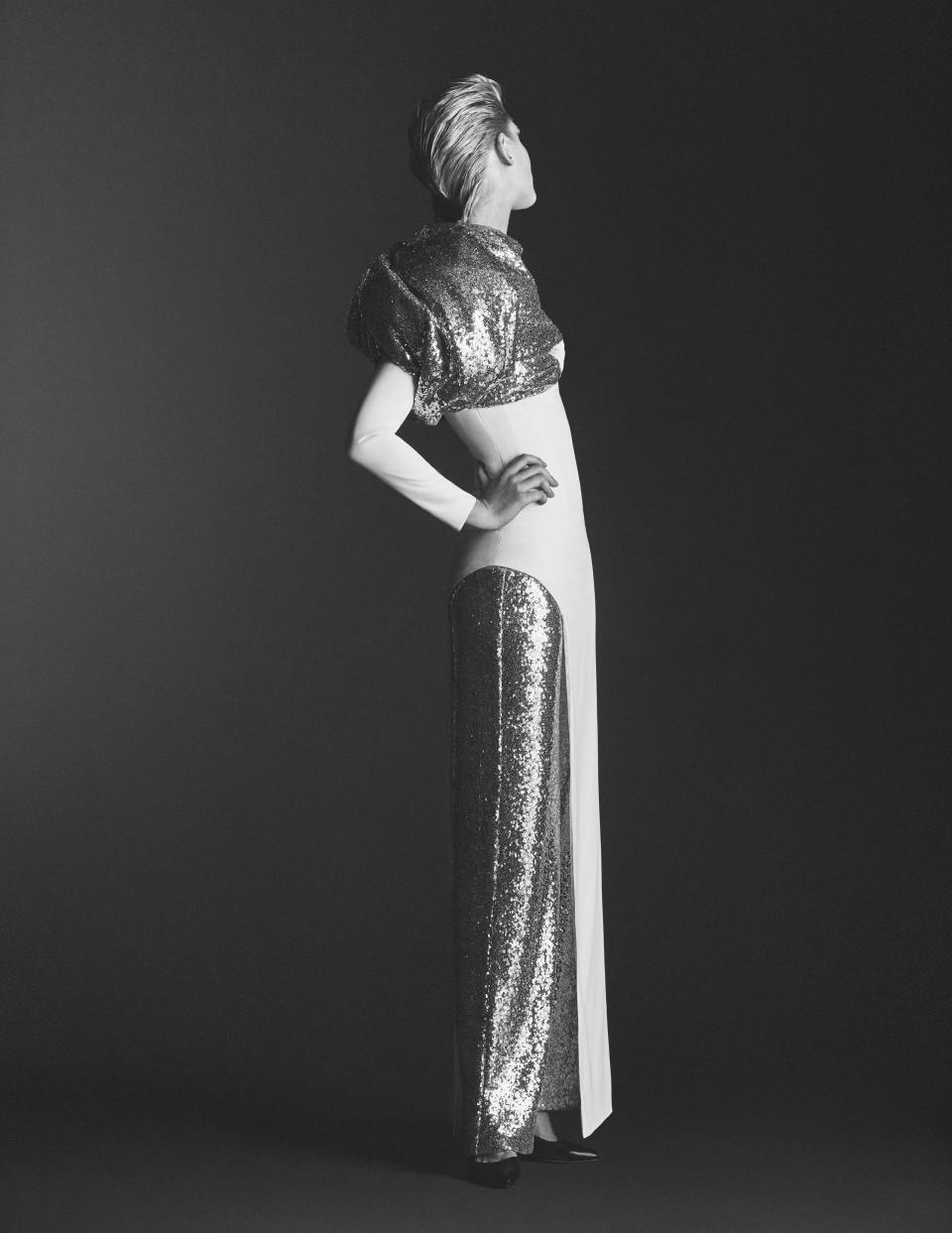
The clothes he creates are subdued by comparison, but their sexiness is still overt: Trousers feature crisscrossing cutouts that let abs peek through; jackets have keyholes that expose swaths of bare back; hemlines are daringly short. Skin reveals aren’t for everyone, but Mizrahi is designing with a specific customer in mind. “Confidence is key,” he says. “You should walk into a room and think, ‘I’m a star and I can do anything.’ I feel like a lot of my pieces in the collection will give you that attitude.” Drawn to muses who are “loud, opinionated, and outspoken,” he’s interested in those willing to take risks beyond what they’ll wear. “The bad girls are my top priority! Those are the ones who are going to support my brand and buy my products,” he says, with a laugh.
Mizrahi’s definition of “bad” connects with the onset of Instagram’s baddie culture—the fearless attitude exalted online that has made women like Cardi B into icons whose audacious wardrobes and spirited social media commentary continuously make headlines. Though he already has plans for a celebrity red carpet moment during the upcoming awards season circuit, Mizrahi currently has his sights set on another media fave: flute-playing diva, Lizzo. “I respect everything that she’s doing,” he says. “If I could choose one person to dress [and] represent my brand next season, it would be her. I want to see her wearing the slits and the cutouts, all the craziness, and just being her confident self.”

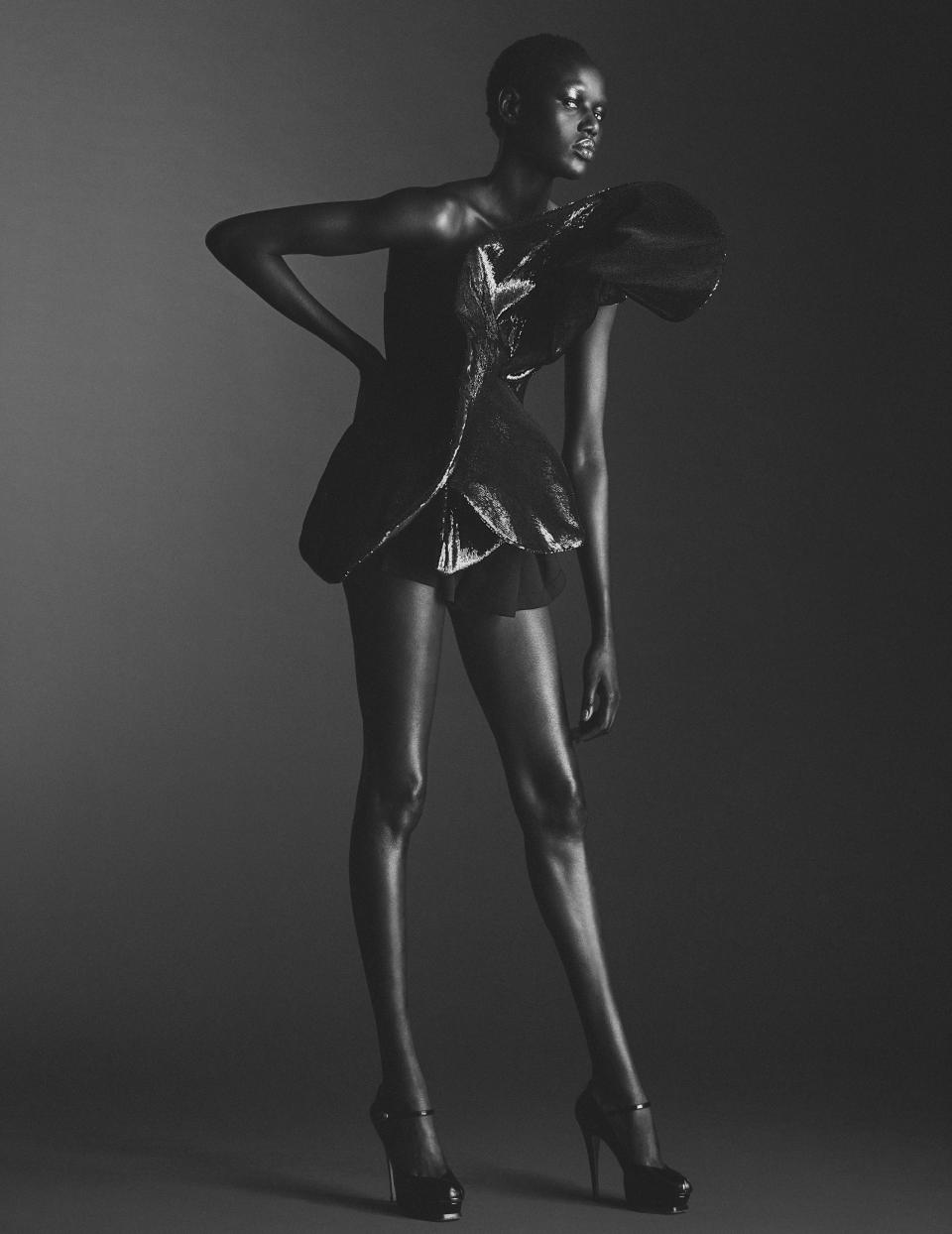
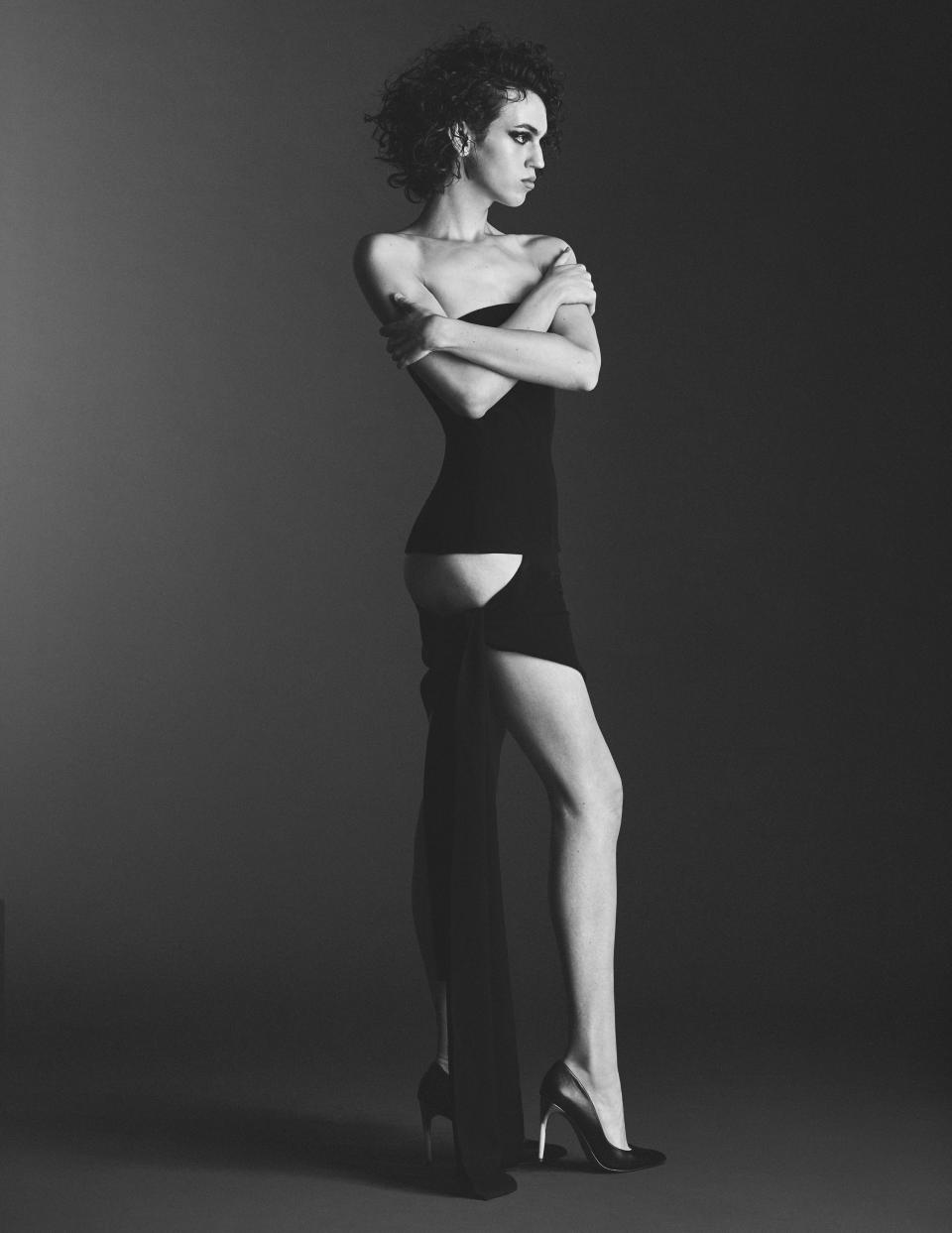
The celebrity placements are inevitable, but for the moment Mizrahi is enjoying the quieter challenges of his burgeoning label, namely, building the right team for the job. To create the first season’s samples, he discovered a patternmaker based in Beirut—a move that brought him back to his homeland for the first time in a decade, and introduced him to a new generation of talent across the region. “I had to find the right people, there were hiccups [along the way], and I went from New York to Indonesia, to Istanbul, to Beirut. When I hired Tala, my patternmaker, she told me that she only does patterns, not sampling,” he says. Tala, in turn, introduced him to a group of Syrian refugees, who were studying design and looking for work as seamstresses. “I thought, If they can help me create this collection and I can help them out, by giving them a job, everyone’s happy, so let’s do it,” he says. “They committed to the project and made it their own, delivering exceptional pieces. I’ve been blown away with every single piece they’ve done.”
With plans for an atelier in the city and ideas for fall already brewing, Mizrahi is ready for what comes next. “Am I happy with my collection? Absolutely. Is there room for growth? 110 percent. A million percent,” he says. “I go into sales campaigns starting tomorrow; then it’s meeting with manufacturing partners, then back to square one designing the next collection. It’s like a wheel, people think it’s glamorous but there is absolutely nothing glam about the work. Do I enjoy it? Very much. Do I see myself as a designer ten years from now? I certainly hope so!”
Originally Appeared on Vogue

